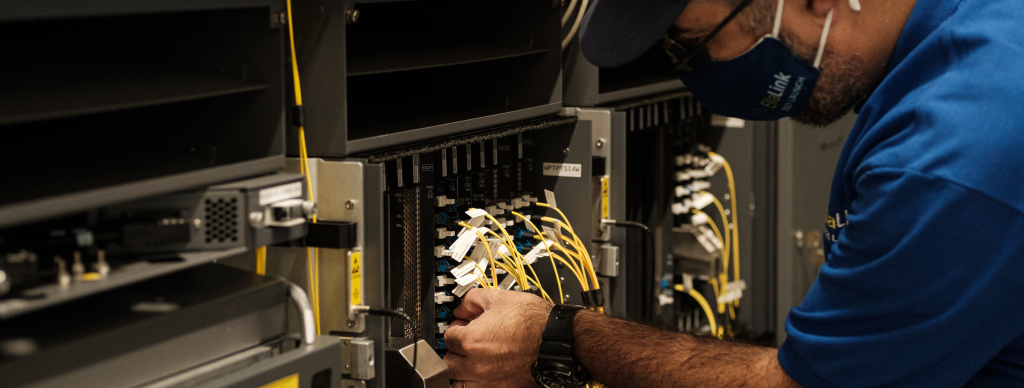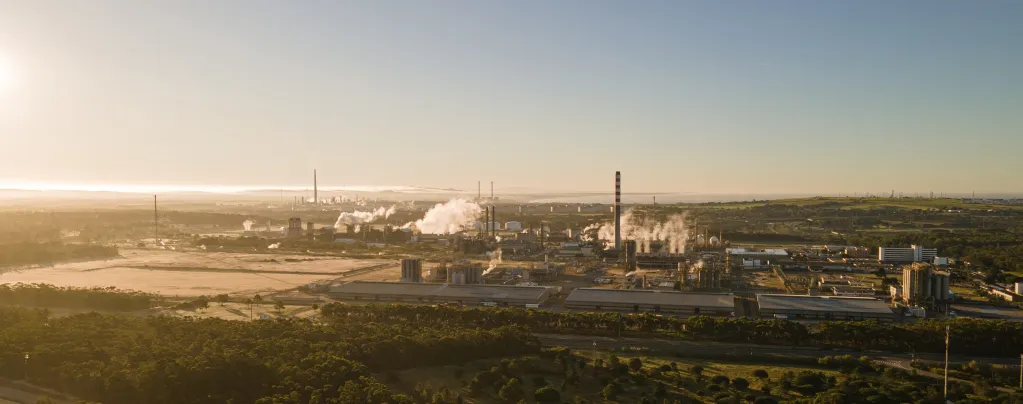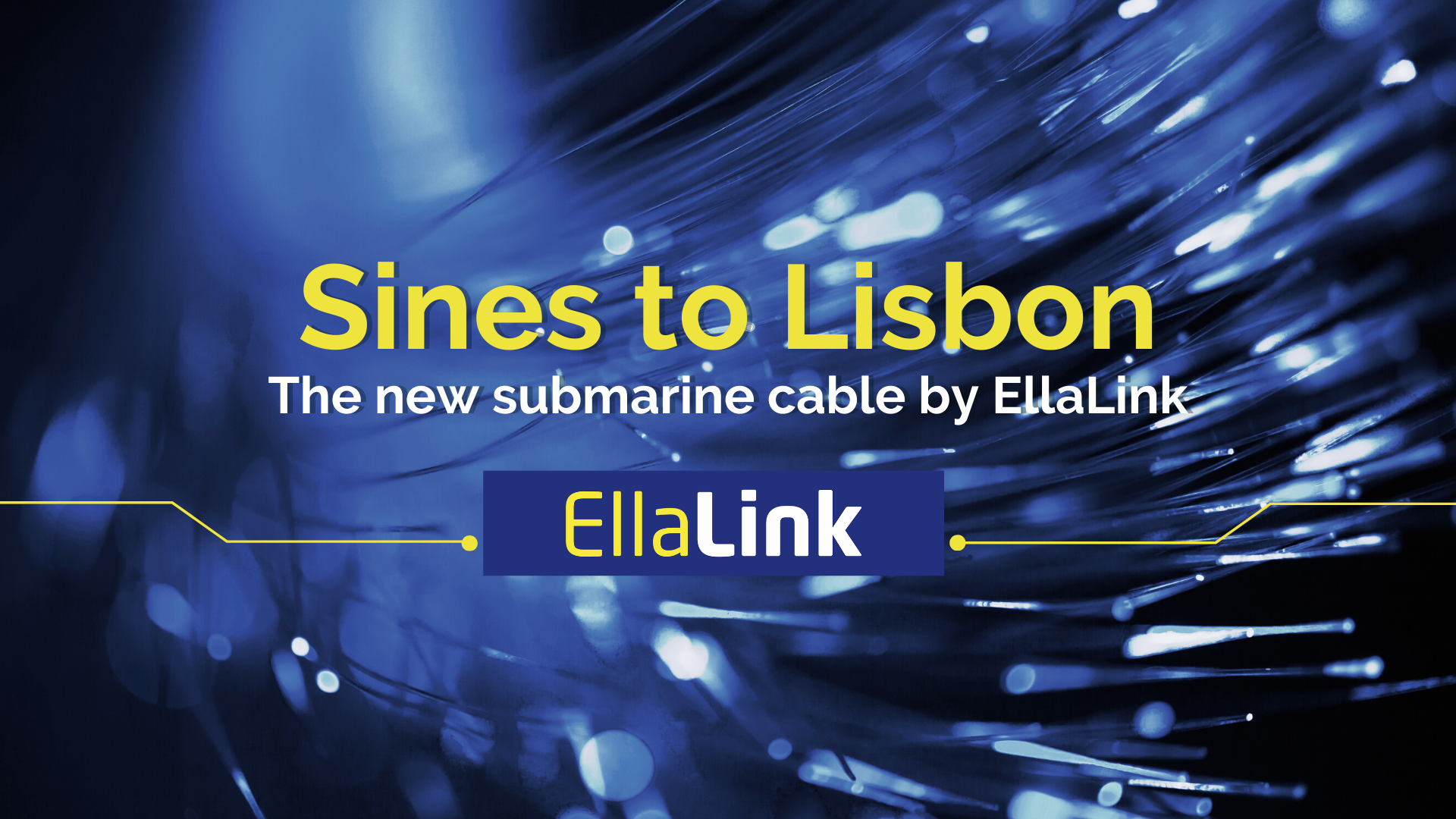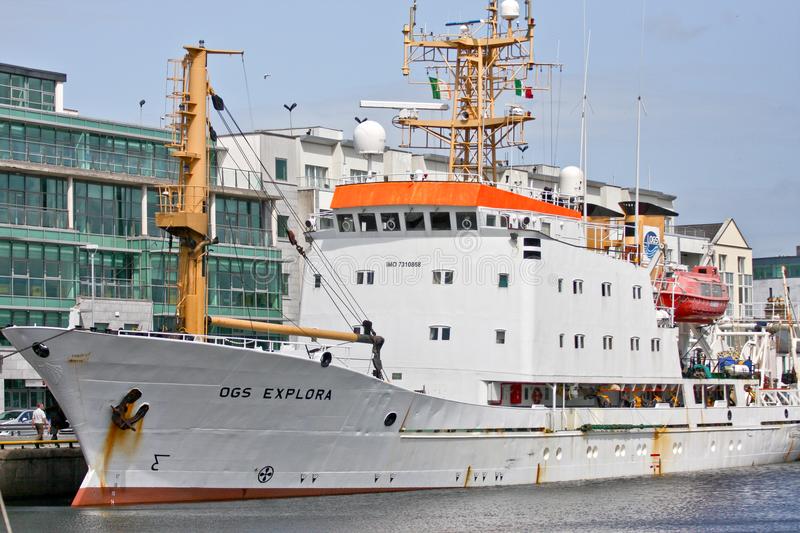Subsea cables and data centres: two sides of the same coin
Submarine cables have everything to win to be placed closed to Data Centres, including hyperscalers that power the cloud.
Submarine cable connections will gain importance in 2023.
Software-defined networks, data centres, and even remote working are some valences that benefit from high-speed, low-latency connections. Notably, hyperscale data centres that power the cloud have everything to gain from being close to undersea cable landing points.
Globally there are more than 400 submarine cables in operation. Some connect small islands relatively close; others cross oceans. Some connect two points; others have multiple landing points connecting multiple countries/continents. Only Antarctica has no connection yet, but scientists in the region are calling for it.

Why should hyperscale data centres be close to subsea cable landings?
Data centres aim to meet the growing demand for cloud services. A hyperscale data centre should have 5 000 servers, at least 930m2 and a capacity of at least 40 MW. Hyperscale facilities are central sites that power many of the world’s digital systems.
Hyperscale data centres are different from smaller data centres. They are planned with the goal of easy deployment, reducing energy and water consumption and minimising the risk of service disruption. Companies develop their own hardware with power, cooling and security systems that also cover the facilities. As a result, these centres are flexible and can easily adapt to demand.
The owners are generally technology giants such as Amazon, Facebook/Meta, Apple, Google, IBM or Microsoft, data centre manufacturers, or companies providing cloud services. Owned by a single company or with multiple tenants, these infrastructures are chosen for being faster and more cost-effective while giving better access to key global markets.
Latency concerns hyperscale customers, which are located in so-called Tier 1 markets.
In the US, Tier 1 markets include areas such as Silicon Valley or New York. Next to the Pacific, they are in Tokyo, Singapore, Sydney and Hong Kong. In EMEA, they are located in the FLAD markets (Frankfurt, London, Amsterdam and Paris), Dublin and Madrid.
However, provided there is strong connectivity, hyperscale data centres could be in less central areas where land can be cheaper.
Portugal, particularly Sines or the Sines-Lisbon axis, could soon be among the first choices.
In Sines, there is connectivity. The land price is lower than near urban centres, and it has room to grow, high sun exposure, renewable energy supply and available seawater (essential to cool the data centres without spending more energy). It is also where the EllaLink cables connecting Europe (Portugal) to South America (Brazil) are tied up, benefiting the economies on both sides of the Atlantic. In addition, a domestic submarine cable system will soon be created connecting Sines to Lisbon.
Advantages of Sines for data centre location
- Access to cost-effective land;
- High power density networks (including access to nearby solar panel parks);
- High availability of backhauls routes to Madrid and Lisbon;
- Robust and secure subsea cable landing site, like the EllaLink Cable Landing Station.

Why do data centres need to reduce their carbon footprint?
Data centres consume a lot of energy. There is, therefore, external pressure on data centres to reduce their carbon footprint and energy costs. So data centres are looking at more sustainable locations where energy is renewable and more economical and looking at more neutral solutions.
The proximity of the submarine cables and power is then advantageous. If the data path on land is short, it is more energy efficient, and data transmission and processing are also faster.
Globally, companies are still reluctant to change their behaviour. Still, in Europe, 24 cloud infrastructure providers and 17 data centre associations have come together intending to make data centres carbon neutral by 2030, ahead of the European sustainability pact (2050), and setting ambitious and measurable targets for 2025 and 2030.
In short, hyperscale data centres have much to gain from being located next to high-speed cables such as Sines. This location allows energy savings and water use to cool the facilities. Furthermore, land prices are lower than near large urban centres.
They also have the support of Sines Tech - Innovation & Data Center Hub - strategically positioned for the development of submarine cable systems and data centre infrastructures -of the municipality and can also take advantage of EllaLink's submarine cables.
You May Also Like
Sines to Lisbon: The new submarine cable by EllaLink
EllaLink new submarine cable connects Europe to South America from Portugal to Brazil. This connecti
EllaLink won a Global Carrier Award for “Best Subsea Project of the Year”.
For the second consecutive year EllaLink has won a Global Carrier Award in the illustrious category
Captain Diego’s story
Story of our Chief Operators Officer Earlier this year Elettra’s OGS Explora vessel completed part


